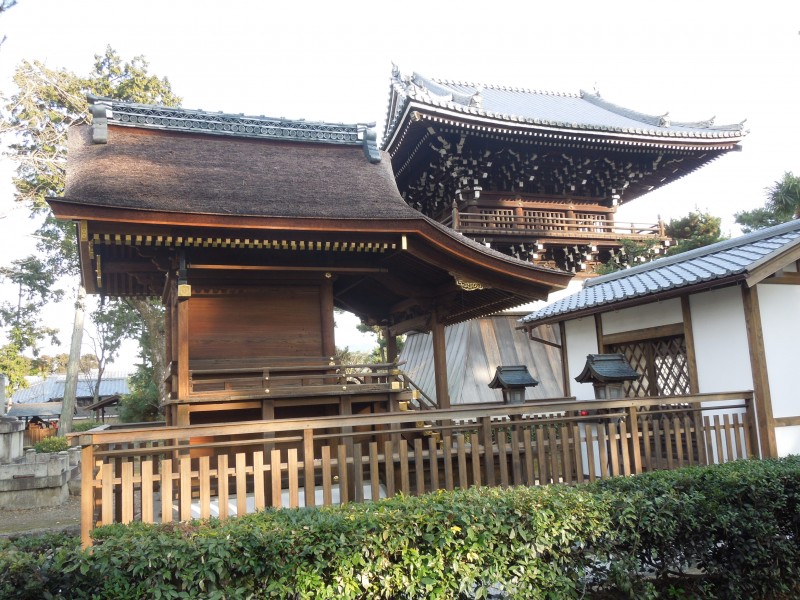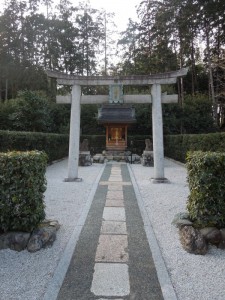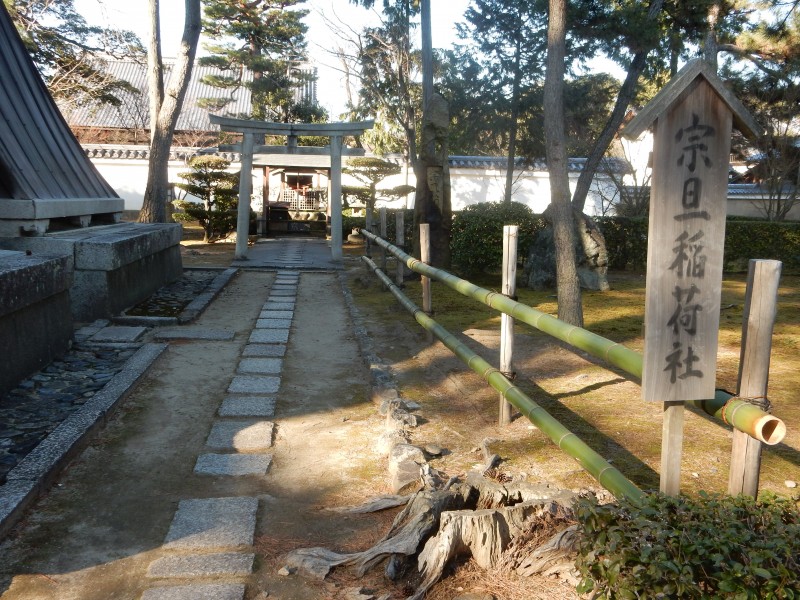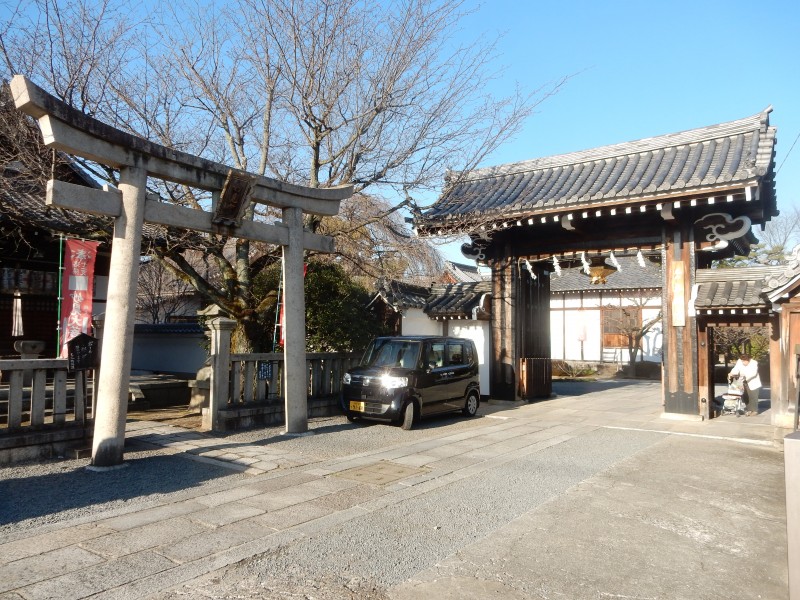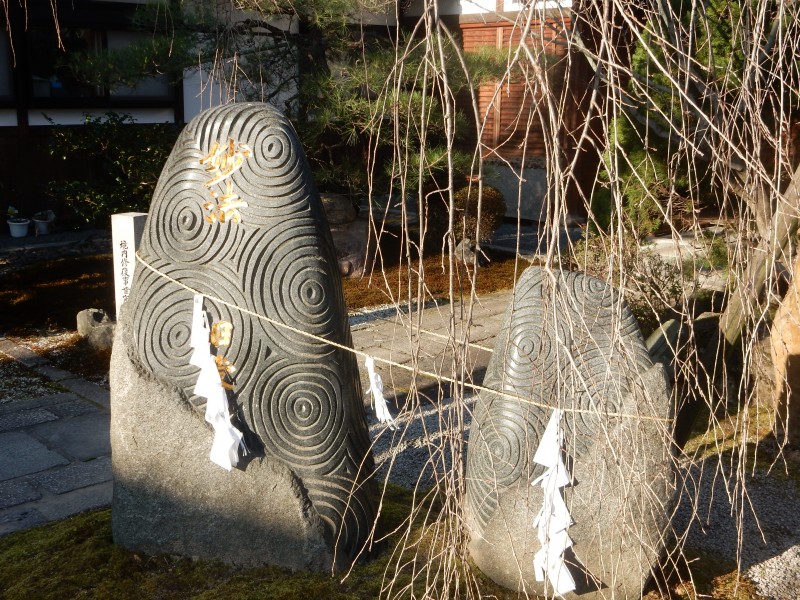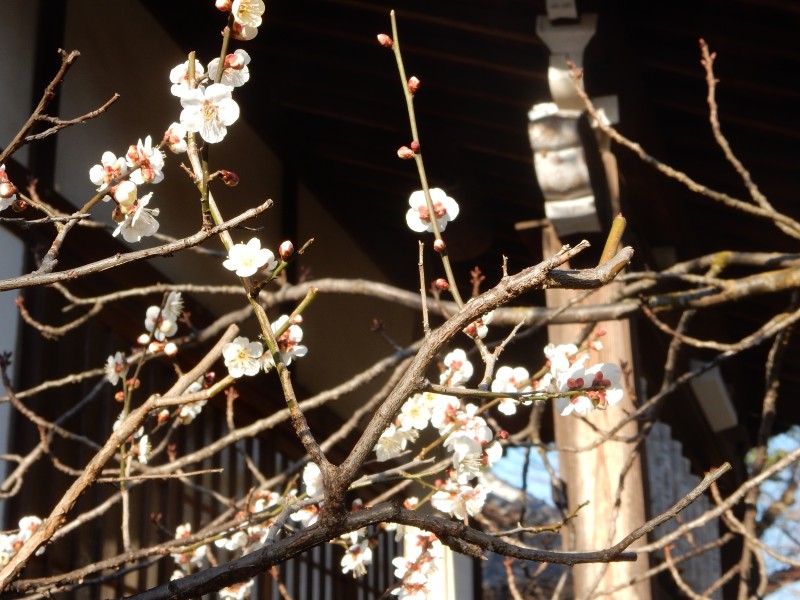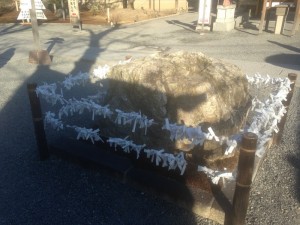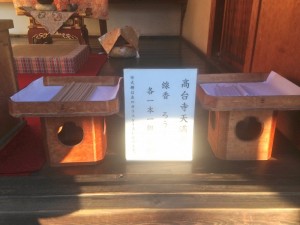 This post follows up the previous post on mirrors in Zen and Shinto. It consists of an article adapted from the latest issue of Sacred Hoop (no. 91), a magazine about shamanism. The article is useful in placing the context of mirrors in Zen and Shinto within their wider use in East Asia, and thereby illustrates the syncretic roots out of which the two religions developed. The author is not only a modern-day practitioner, but a sacred mirror-maker with years of experience and insight. Since the religious use of mirrors stems from the shaman tradition, it’s instructive to learn what that has to teach us about present-day usage in both Zen and Shinto. The article is particularly good at describing the ‘energy container’ that the mirror represented to early people.
This post follows up the previous post on mirrors in Zen and Shinto. It consists of an article adapted from the latest issue of Sacred Hoop (no. 91), a magazine about shamanism. The article is useful in placing the context of mirrors in Zen and Shinto within their wider use in East Asia, and thereby illustrates the syncretic roots out of which the two religions developed. The author is not only a modern-day practitioner, but a sacred mirror-maker with years of experience and insight. Since the religious use of mirrors stems from the shaman tradition, it’s instructive to learn what that has to teach us about present-day usage in both Zen and Shinto. The article is particularly good at describing the ‘energy container’ that the mirror represented to early people.
*********************
The author of the following article, Marco Hadjidakis, was born in 1957 in Holland and has studied altered states and healing since 1991, and made mirrors to commission since 2010. He is an artist,
mystic and mirror-smith.
Shamanic mirrors are metallic discs made of bronze or other metals, polished on one side – their ‘face’ – and usually decorated on the other – their ’back’ – in the centre of which is often a knob or boss with a hole in it. This hole is to allow a cord, silk ribbon or scarf to be passed through it, which enables the mirror to be suspended or tied onto a costume etc. Some mirrors have a loop on their top edge for this purpose rather than a boss on the back. Suspending a mirror makes it easier to handle it without touching and dirtying the polished metal face.
The origin of ceremonial mirrors developed in Neolithic times with the art of grinding and polishing stone. Obsidian and jade were often used in ancient mirrors, and these stones are found in different locations around the world, such as Mexico, Anatolia and China. Polished, iron-rich meteorites may also predate cast bronze mirrors, and these have been used for a very long time in Tibet to create mirrors and other sacred objects. Ancient arrowheads, made from iron-rich meteorites, have also
been found on the Eurasian steppes, and clearly show the early use of this powerful material.
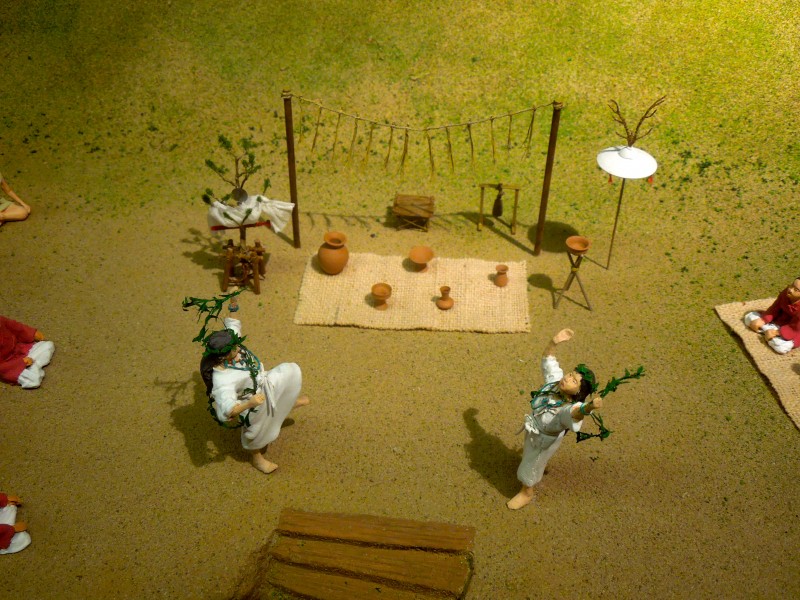
Model of a Yayoi-era ritual, with mirror hanging in the tree to the left of the altar
Since the early Bronze Age [Around 3.000-2.000 BCE ] the development of bronze casting spread quickly across the world. The nomadic tribes who lived on the Central Asian steppes spread their bronze technology across a wide band, stretching from Eastern Europe, all the way to the Pacific coast of Northern China. They influenced Chinese Bronze Age culture, and subsequently Chinese influence then spread to neighbouring cultures, such as Japan and Korea to the east, and Iran and Anatolia to the west.
MIRRORS AND THE ANCESTORS
Ancestor cults are China’s root connection with mirrors; the durability of bronze created the possibility for a Chinese person to inherit an ancient mirror, dating back perhaps as far as 30 generations in their ancestral line. Such a mirror is very powerful, it has connections with all those spirits of the family lineage, and such mirrors are highly respected, and consulted with if there are important issues within the family. There is evidence to suggest that the ritual use of mirrors grew out of this ancient Chinese ancestor practice, with ideas about mirrors then spreading to regions outside of China, enabling the use of mirrors to be taken up by the shamanic cultures there. However, there is also evidence to suggest that shamanic cultures greatly influenced ancient China, which makes it seem likely that there was cross pollination of ideas regarding the ritual use of mirrors between China and the shamanic cultures of Central Asia – each influencing the other.
Over a long period of time, shamans have found many ways to use their mirrors. Some shamans use mirrors – often known as toli – to give to spirits as a house for the spirit to live in. Some shamans use them by entering a trance and working with the energies amplified by, or inherently present, in the mirror. Shamans use them for performing healings, for exorcism, for soul retrieval, and for divination. Mirrors also form part of a shaman’s armour, protecting their bodies while spirit-travelling in trance to the other worlds. When a shaman dies, traditionally their body was left in a remote place, far out in nature; often on a platform in a tree. There they were laid – with all their mirrors, their drum and other sacred items. Later generations would then accidentally ‘find’ the deceased shaman’s mirrors and other bronze objects, and after consulting the spirit of the deceased shaman to ask for permission to adopt the mirror, the shaman who found these ancient objects could use them in his own work.

Two sides of a mirror in Kyoto National Museum, thought to have belonged to Himiko
Ancient bronze mirrors did not only become sacred tools in shamanism, they also became adopted into Buddhist practice. Buddhist mirrors are called melong in China and Tibet, and darpan in Sanskrit, and these mirrors are used in Buddhist initiations to represent the nature of the enlightened mind. At one point in these initiations, the Lama shows the student the melong and tells them: “Your mind is like this mirror, in itself empty, but it will reflect everything that is exposed to it without changing because it has no judgment or attachment on what it reflects.” Many Buddhist altars contain metal mirrors, which can be truth- revealing mirrors, or part of an offering to the five senses, the mirror representing the offering of sight.
The syncretic blend of Buddhism and shamanism found in Tibet, which is sometimes called ‘Lamaism’, has followers in Mongolia, China and Nepal. In this tradition, mahasiddhas (great adepts or mystics), oracles and healers all have melongs or ‘heart protecting mirrors.’ I have also been told that a melong is involved in hungry ghost offering ceremonies. Another magical use of mirrors within Buddhism can be seen on a relief on the C9th Borobudur stupa in Java. The relief shows the Buddha surrounded by monks, who are lifting their handled mirrors, so as to charge them with the high energy of his enlightened being. This use of mirrors as a sort of ‘sacred battery’ which holds a spiritual charge also occurs in medieval Europe as Christian relics were sometimes viewed in a mirror, the mirror capturing and holding the reflection of the sacred relic for the pilgrim to take away with them.
Mirrors are multi-functional sacred objects, and shamans use them for: divination, finding lost objects, healing, exorcism, soul retrieval, and protection. They are also used when working with harmful spirits, and both to create, and also fight against, ‘black’ magic too. Depending on their culture of origin, they can also be used in Sun worship, divination, as a door to communicate with the ancestors, as protector of a house or sacred place (for example the use of mirrors in traditional feng shui), as an initiation tool, as a house for spirit helpers to live within, as a healing tool, or to direct energies and intentions. They can also act as a shield to reflect negative energies, as a symbol of authority, as a representation of a divinity or a kami (a Shinto nature spirit), as a tool for introspection, as a signal device (by reflecting light, so another can see the ‘flash’) and simply as an everyday mirror.
Ceremonies held to assist the soul of a person who has died are a major part of many shamanic traditions, and when using mirrors for this, two mirrors are required – one to protect the shaman in trance, during their travels in the underworld, and one to shine light and illuminate the ‘path of the soul,’ to help the soul find the land of the ancestors. Some mirrors are very large – over 30 cm across, while others are small – perhaps only 2 – 5 cm across, and are more like amulets. These have been made since ancient times, and in literature they are sometimes called ‘inch mirrors.’ The smaller ones could easily be mistaken for bronze buttons, they are so small. Some have simple designs on their backs: perhaps a yin-yang, four Chinese characters, or the eight trigrams (I Ching trigrams). Some have flowers, or the animals of the Chinese zodiac. In Mongolia these small toli are often attached to ceremonial headgear and other ritual objects such as phurbas and divination arrows. Shaman’s ritual objects don’t need to be large to be effective in the spirit world, and small objects can be used without attracting too much attention. Small, inch mirrors, are perfect for protection while travelling, or to work with when the shamanic work needs to be unobtrusive.
A WORLD OF MIRRORS
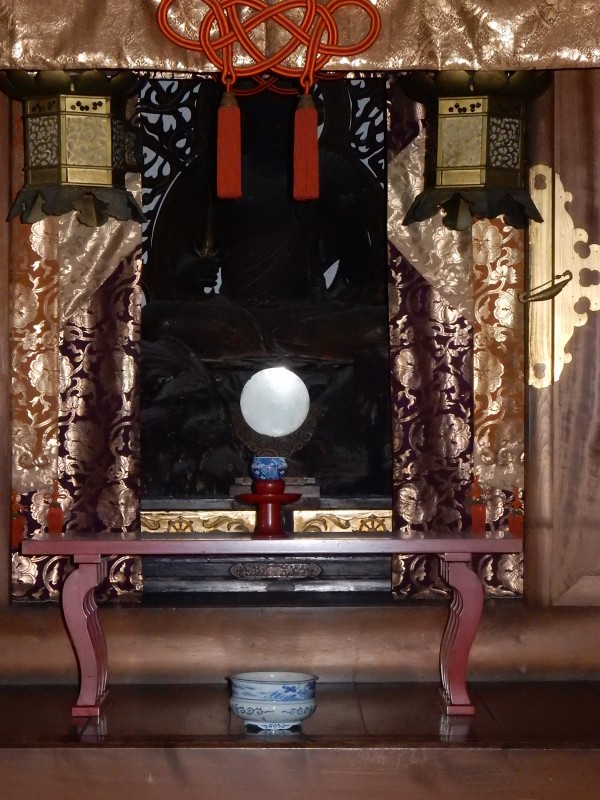
Mirror at a Zen subtemple of Nanzen-ji
The face of a bronze mirror is generally convex, although some are flat. Concave mirrors are rare. In historical and ancient China, household fires were kept alive both day and night, but once a year all the fires had to die. The next day, at noon, new fires were ceremonially lit by a shaman or priest, who used a concave bronze mirror. When using such a mirror, the sun’s rays are reflected back from the mirror into a single point, which generates enough heat to light the kindling. Today we can achieve the same result by the use of a glass lens. Himalayan melong mirrors, with a bronze loop on their top edge, are sometimes polished on both sides. These are convex on the one face, and concave on the other. As a heart protecting mirror, the convex side is worn outward. Once I heard a shaman explain: ‘The convex side is to see into the future, and the concave side to see into the past’.
Some rare shaman’s mirrors have a face full of small concentric waves – almost looking as if a drop of water had fallen into a pool. Mirrors like this can not produce a recognisable reflection, and I think their function could be to disintegrate spirits during exorcism rituals, so as to disperse their power. Both before and after the shaman works with them, mirrors are generally smudged in the smoke of herbs or incense. Bronze is very sensitive to oxidation, and the acid from our skin can easily affect their polished surface. Therefore, the tassel or silk scarves that are attached to the knob provide for a handle. Bronze mirrors are wrapped in silks, or stored in bags or boxes when not in use. This wrapping up and putting away also helps to protect them from energetic intrusions and accidental reflections – just as a blessed reflection can be held in a mirror, so too can the reflection of something harmful.
Some traditions say that only ‘altar mirrors’ should be displayed openly. In the case of a Buddhist altar, these are placed to symbolise radiant emptiness, or, on a shamanic altar, they are placed as homes for helper spirits and symbols of shamanic power. Ritual mirrors – as living things in their own right, with their own ‘master spirits’ – may have their own preference as to how they are cleaned, stored and ‘dressed.’ One needs to ‘listen’ to them to find the correct way to work with them, including what kind of offerings they require. Some traditional offerings to mirrors are incense, juniper or sage smoke, alcohol – generally vodka – songs and the sounds of drums rattles and bells. In Mongolia, shaman’s mirrors were, and still are, blooded in the blood of a sacrificed sheep. The blood is said to transfer the life force of the animal to the mirror.
Dressing a mirror with silk complements the ‘hot’ male energy of the bronze by the use of the ‘cool’ female quality of the fabric. This cloth becomes part of the sacred nature of the mirror and the combined qualities of heat and cool both play a role in healing or other work done with the it. Silks are one of the traditional offerings which people who had been cured could offer a shaman to express their gratitude. The colours of the silk fabric used to ‘dress’ a mirror represent connections with both the four (or five) elements, and the sacred directions. Some spirits ask for additional offerings to be attached to their mirror, such as beads, stones, shells or small bells too.
FORGING A MIRROR PATH
Bronze is an alloy of copper and tin (Cu and Sn), and the percentage of tin varies from about 10% to 30%. The tin content changes the colour and hardness of the bronze; for example, a high level of tin
makes the mirror brittle, and it will be prone to break easy, whereas a low level of tin gives a warm red shine, but will easily oxidize. Sometimes quantities of gold, silver, lead and sometimes zinc, can be added to the bronze, which all influence the resulting metal. (In the Tibetan language there are five different words for bronze.)
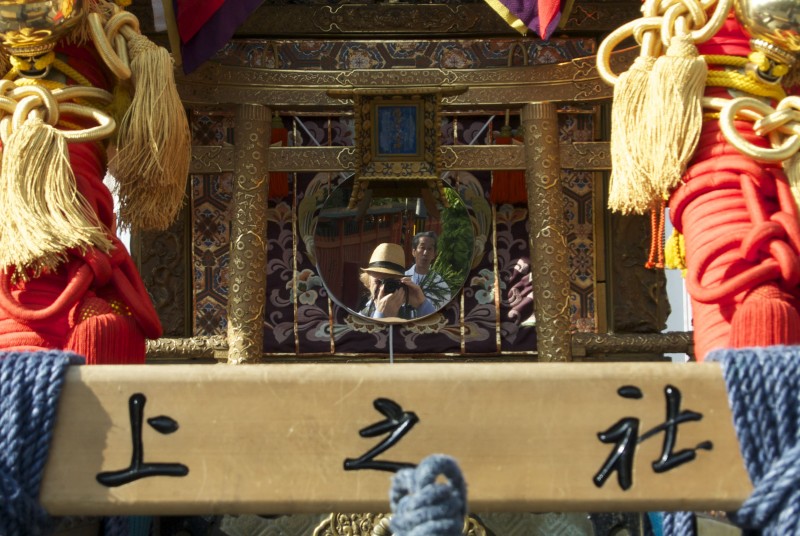
Mikoshi in Shinto festivals have mirrors on their side as a form of protection
To add a personalised element of magic into the mix, I often like to add – and recycle – an old ring or other precious metal object that already belongs to the owner of the new mirror, to create a stronger bond between practitioner and ceremonial tool. Back in July 2001 I met the Japanese doctor, Masaru Emoto who presented his work about human consciousness having an effect on the molecular structure of water. Doctor Emoto’s theory is that, in the liquid stage, the water molecules can absorb information, which in a solid stage as ice, is frozen into the ice crystals. It seemed very obvious to me that this would also apply to metals; and any programming done in the liquid stage would, when the bronze cools, become permanently stored in the crystal structure of the solid mirror or other object. This programmed intention – through prayer and mantra – added to the intent in the original wax design – made me realise that a cast bronze mirror could be a powerful holder of intent and focus.
Because I was making sacred objects it was important to me to do them in a sacred manner. So, while the bronze is melting, I make an offering to the fire and I smudge the work. When the bronze is ready to be poured, I focus on the person that will work with the mirror, and whisper the intentions into the liquid bronze. I then pray and recite mantras while I do the pouring, which has to be done smoothly, without any interruptions, as interruptions will cause flaws in the casting. After breaking the mould, the airways – through which the bronze was poured in, and through which the air inside escaped out – have to be removed. Then the mirror needs to be cleaned and polished. At the end of my process – as a mirror smith – I add a prayer to welcome the mirror into the world, which has the potential to be around for the next few millennia. Now it is up to the practitioner to “dress” it and to initiate it in its first ceremony.
The most powerful shamans we know of are the smiths. They are called white smiths. They made the sacred things, like drums and jaw-harps and bells and such. Their relationship must be with all four of the elemental Master Spirits – Earth (which includes the ore of metals), Air, Fire and Water, or their work cannot be completed. So, long ago, when the first white smith journeyed about making these sacred things, he was given knowledge of a special metal, a hard yellow metal, not the
gold we know of today, but another alloy we call bronze today. He culled and cultivated the metal and sat wondering what its form was to be, and it was then that the Mater Spirit of the metal spoke to him: “I must be light enough to carry on a shaman’s person. “I must be fitted with a knob so as to have silk attached, so I may be fashioned to begin new life with the green silk; preserve life with red silk; teach with yellow silk; heal with the blue silk; and for the maker of the toli and all things Spirit I must be fitted with white silk. “One side shall be polished so that I can mirror this world and take from it and give to it, and the other side may be for anyone to touch and see.”
The smith shaman thought and thought, and pondered the problem, and started making metal things: boxes, trays, crowns, cuffs, all manner of things, but the Master Spirit of the metal was never satisfied. So after much effort and time, the smith shaman finally came up with a disk, which had a place on one side to attach silk khadags, and which was smooth on the other side. He took the disc to the other shamans and told them about this story. At first they did not believe it, but then one of the lesser shamans, a healer, attached his own blue khadag and said: “So, mirror of life, will you work with me?” The disc said: “Yes, there is a burn on the white smith’s hand, go and place my shiny side against it.” The healer went and did as he was told, but nothing happened. “Did I do it wrong?” asked the Healer worriedly, for failing was dangerous. “Take me outside and let me commune with the Great Mother” said the Master Spirit, and as the healer did so and placed the disc on the Earth he could hear excited voices from the inside of the ger. The burn had disappeared!
So the toli‘s creation was completed, and the white smiths told the shamans – who would each be receiving one of these mirrors – that there could not be a relationship between the toli and the shaman, unless the spirits of the shamans were properly linked with the Master Spirits of the toli they were to receive.

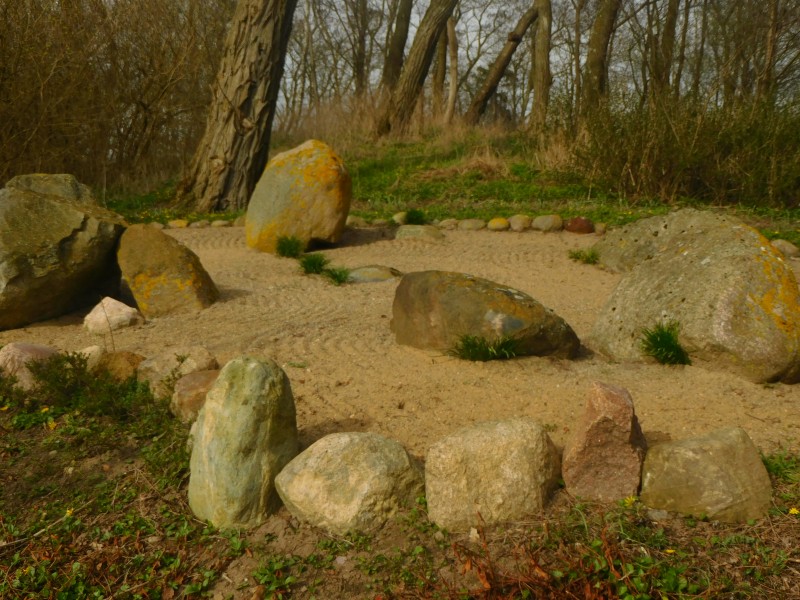
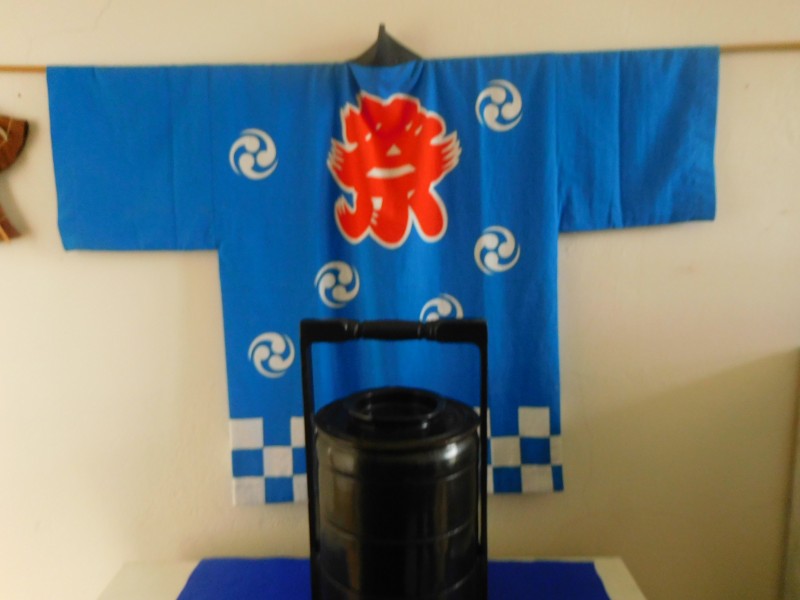
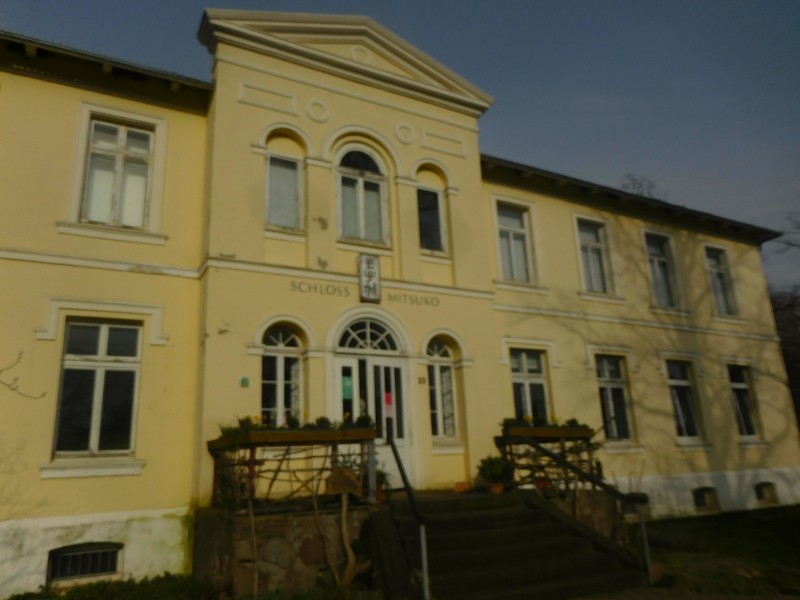
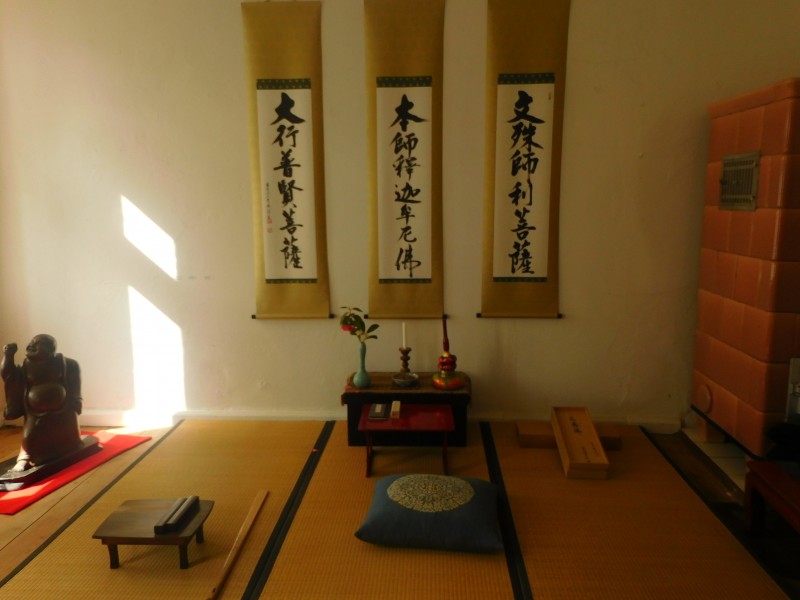

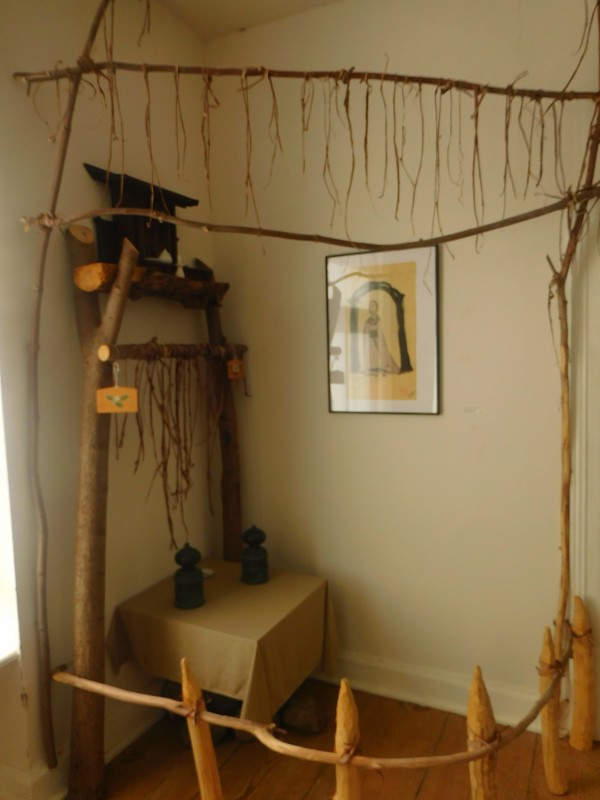
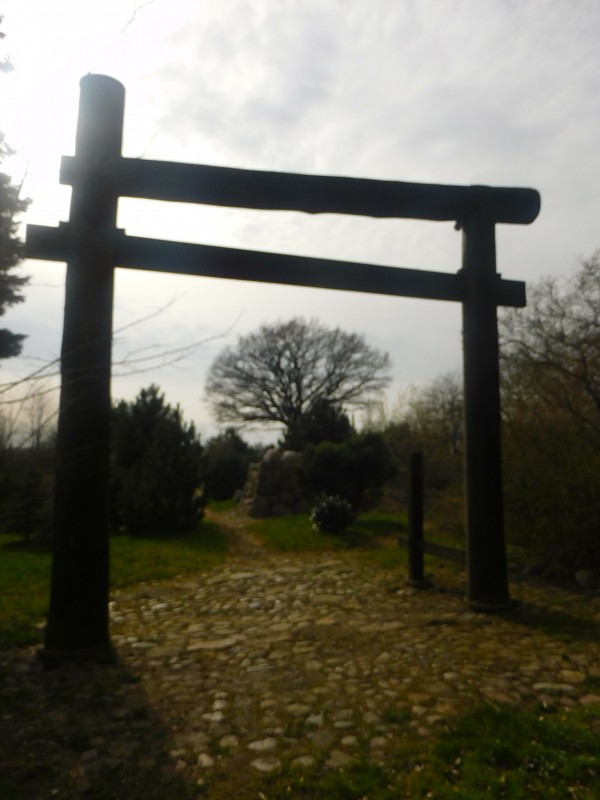

 This post follows up the previous post on mirrors in Zen and Shinto. It consists of an article adapted from the latest issue of
This post follows up the previous post on mirrors in Zen and Shinto. It consists of an article adapted from the latest issue of 




